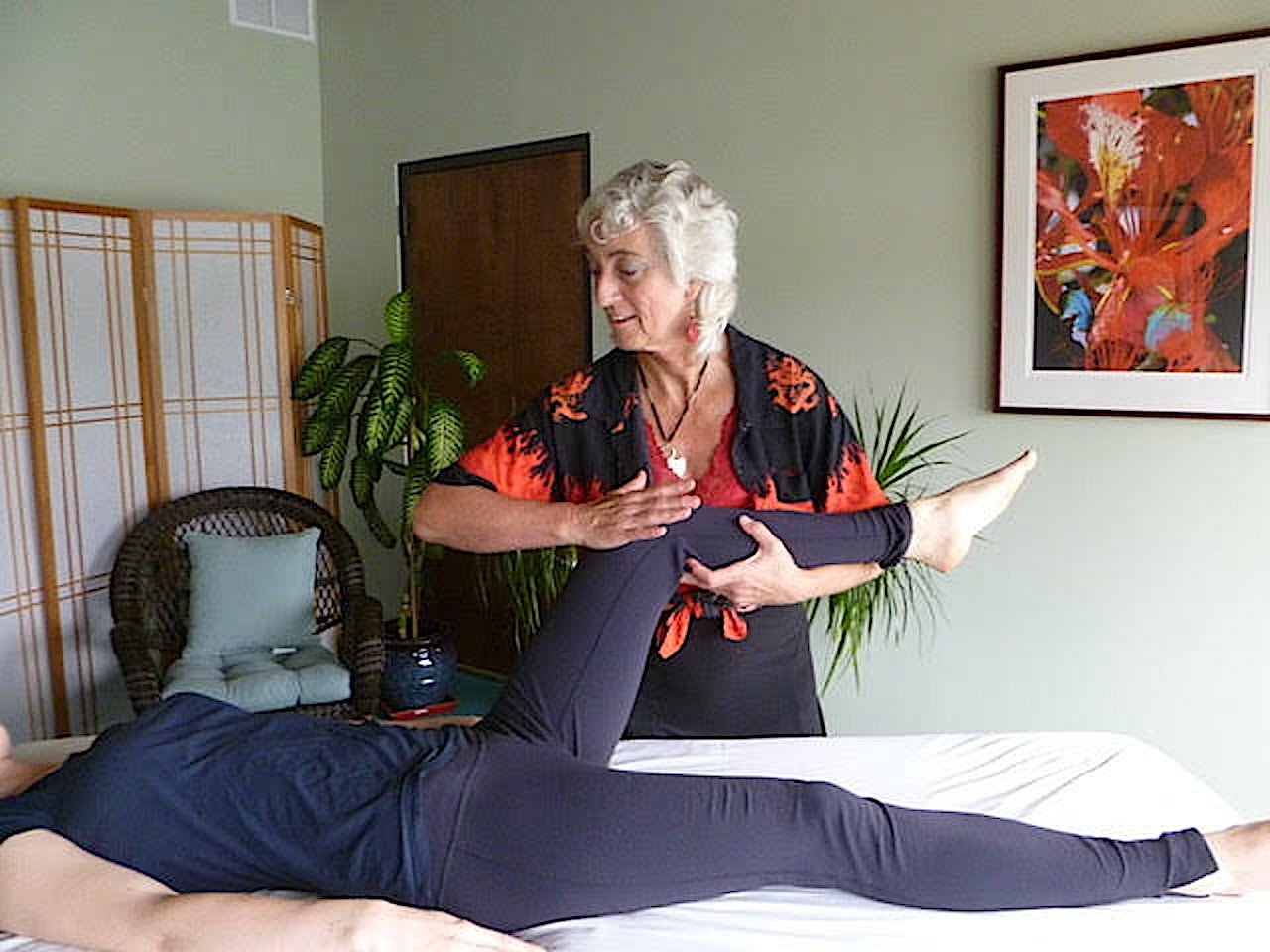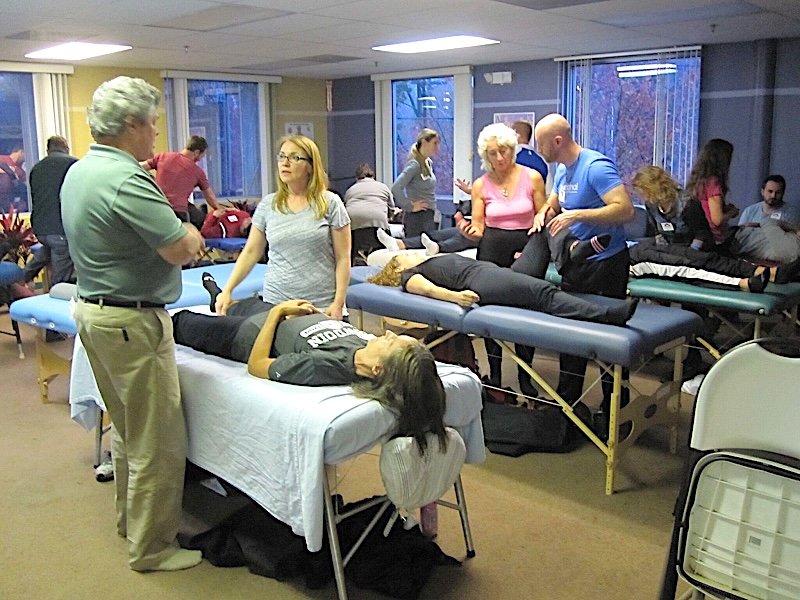Why Add NMR?

Why Add NMR to Your Practice?
-
Take the Fast Track to full range of motion and freedom from pain. With NMR you can fine tune coordination functions in a single session.
-
Get long lasting results where other modalities leave off. Work with strategy, not force.
-
Prepare the Body to Benefit from Bodywork. Integration of the stress and survival system with biomechanics and muscle fixations allows for the most results from every single session.
-
Address past trauma effects. Clients’ bodies will incorporate and sustain the changes you introduce.
-
Prepare your clients to benefit optimally from their PT. Change stored dysfunctional coordination patterns into a functional, integrated operating system. Exercise will build muscle when muscles are facilitated during activity.
-
Increase your longevity as a practitioner. Working with the body’s organizational intelligence allows the body to change itself. Less work for you; longer lasting results for the client.
What’s in it for you?
-
Solve people’s pain problems; Be recession proof.
-
Have a protocol to analyze all future functional problems, even those you’ve never seen before.
-
Access to instructors willing to handle questions from your clinical practice.
-
Collaborators: fellow practitioners eager to discuss and learn from the difficult cases.
-
Clients who get great results fast will talk. Time to raise your fees…
-
More referrals; more money; a higher hourly rate of pay.
Learn from the source
Learn from the source. Jocelyn Olivier developed NMR over 40 years of clinical practice and teaching. Following a simple protocol for finding reactive muscles and dysfunctional muscle sequencing problems, incorporating all she learned along the way about muscle/meridian/organ correspondence, her fascination with figuring things out and fixing things lead to finding more and more functional relationships to add to the NMR inquiry (for more info on the History of NMR click through).

A helpful class environment
-
Small, well supported classes: lots of teaching assistants
-
Course material carefully coordinated to support comprehension and utilization
-
Access to follow up conversations via email with your clinical practice questions
-
Access to video demo review online
-
Time to practice and integrate new information between segments of learning
-
Enough knowledge of the subject to perform an integrated whole body session

